
GUEST BLOGGER VICKI COBB
Note to educators
My new STEM PLAY books, Why Can I Suck Through a Straw? and Why Does My Ice Cream Melt? integrate hands-on activities with expository text. Thus, the reader becomes his/her own primary source in building science/STEM concepts. To use the books, read the text until you come to the first activity. Stop reading and do the activity. Resume reading until the next activity. I have excerpted and adapted a section of Why Can I Suck Through a Straw here. My books are exemplars of the NGSS.
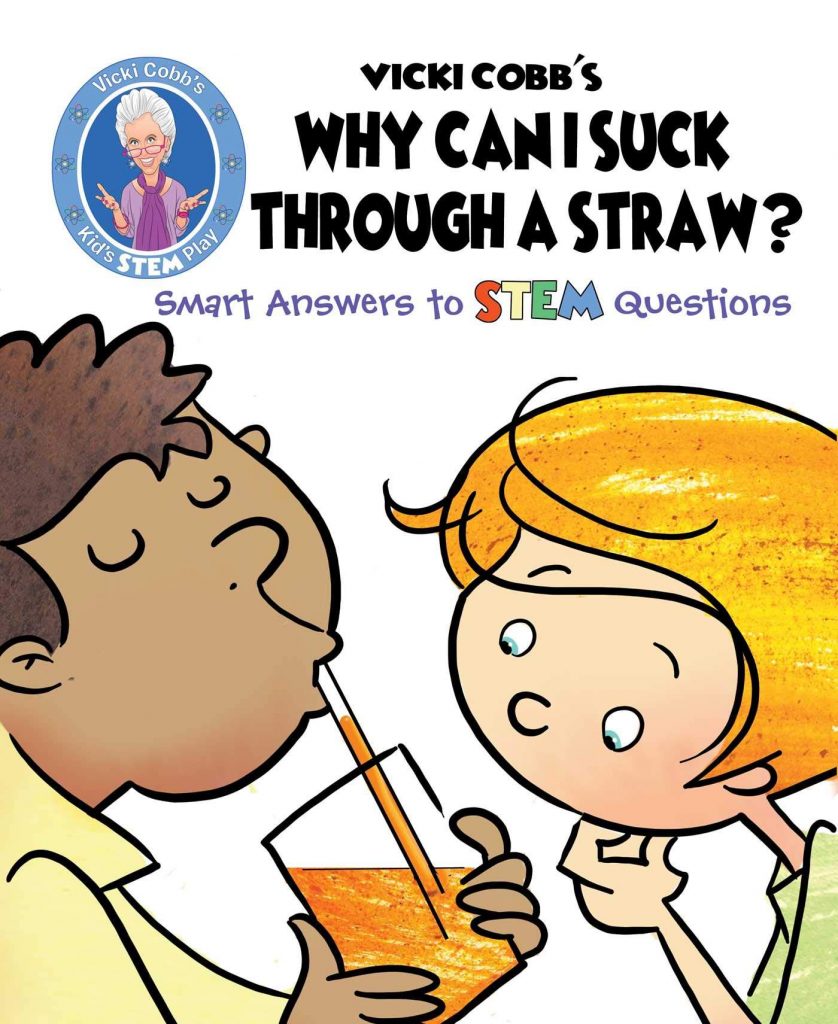
Drinking straw mysteries
It’s so easy to drink through a straw. Stick a straw in a glass of soda; suck it up. You don’t even need to think about it.
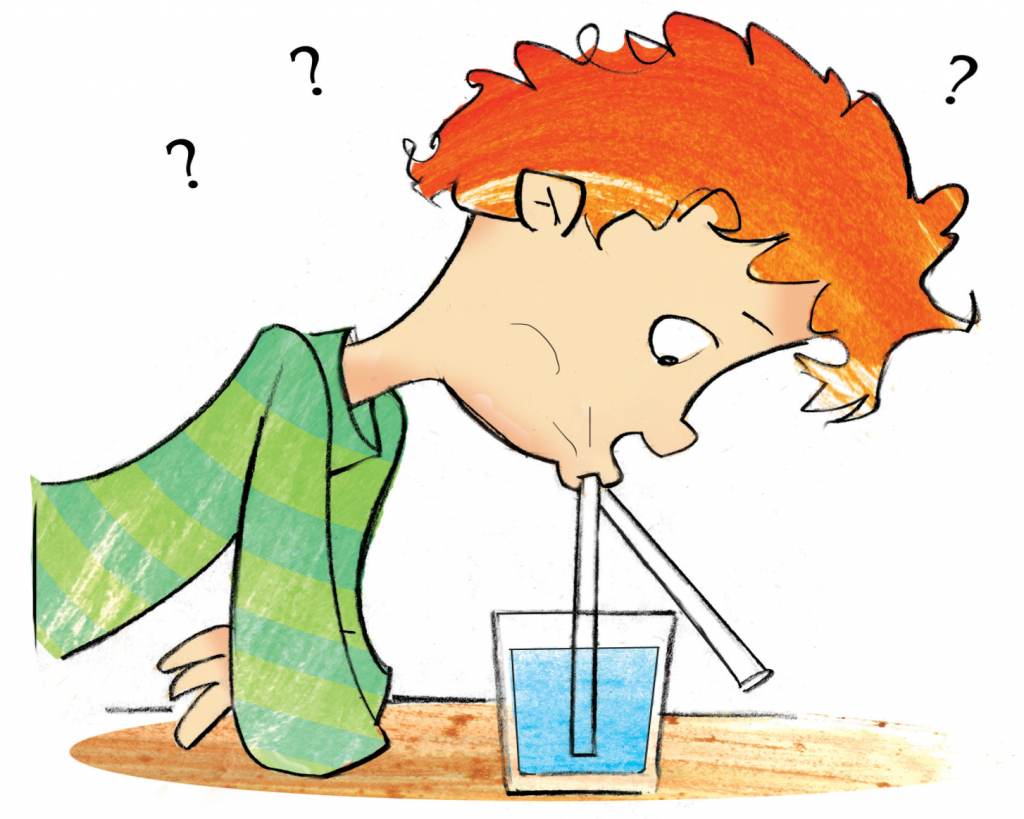
Mystery 1: Bet you can’t drink through two straws! Well, actually you can if the ends of both straws are in the soda. But, if you do it my way, you’ll see that it’s impossible. Put both straw ends in your mouth but put only one straw in the soda and let the other straw hang outside the glass. Suck away at both straws at the same time. Make sure you don’t block the end of the straw that’s hanging outside with your tongue. That’s cheating.
Hmmmm….. What’s happening here? You’ve stumbled on a mystery for a scientist to solve. And you can be that scientist! Write down your observations in your science notebook.
Mystery 2: Bet you can carry soda in a straw with an open bottom. The soda doesn’t fall out! The first problem is to get soda into a straw. That’s easy. Stick a straw in the glass of soda and see how the soda fills the straw as high as the surface of soda in the glass. Hold the straw with your thumb and third finger. Cover the TOP of the straw with your pointer finger. Keep the top tightly closed while you lift the straw out of the drink. Surprise! The soda stays in the straw and doesn’t fall out even if nothing is closing off the bottom opening.
Play with the straw and the water a bit more. Write down your observations in a science notebook.

What happens if you lift your pointer finger off the top of the straw? The water falls out because gravity makes things fall. But what is the mystery force that keeps the water in the straw as long as you keep your finger on top?
I’ve given you a few clues about the mystery force:
- It is invisible
- It is touching the liquid at the bottom and holding it in the straw.
- Its direction is UP!
- It’s everywhere. No matter where you hold your drink in the straw with your finger on TOP, it will work.
Now write down one or two possible hypotheses in your science notebook before moving ahead.
Where does the mystery force come from?
The source of the force is air. Air helps you do surprising things. It’s easy to forget about air, because you can’t see it and, since it’s everywhere, it’s easy to take for granted. You know that air is a force when wind blows. You can feel the wind and you can see what it does to treetops and flags. But air can also produce a force when it is NOT moving.
That’s because air, like all forms of matter has weight. It is real stuff. We live at the bottom of an ocean of air, called the atmosphere. Gravity not only makes things fall but it also keeps the atmosphere from flying off the surface of the earth. The name of the mystery force is…drum roll, please!…AIR PRESSURE.
Straw mysteries explained
When you suck through a straw, your mouth gets very small, making a partial vacuum. Air pressure on the surface of the soda in the glass pushes the liquid up the straw into your mouth. When you have an extra straw connected to the outside air, you cannot make a partial vacuum in your mouth, which is connected to the atmosphere through the outside straw.
When you put a straw in a drink and keep the top of the straw open, the air pressure on the top of the soda is the same on the surface of the liquid both outside and inside the straw. When you put your finger on the top of the straw, you trap the air. Maybe the liquid at the bottom of the straw bulges a little bit but the air pressure on the surface of the liquid in the straw is less than the outside air pressure which pushes up and traps the soda.
Now go educate some grown ups!
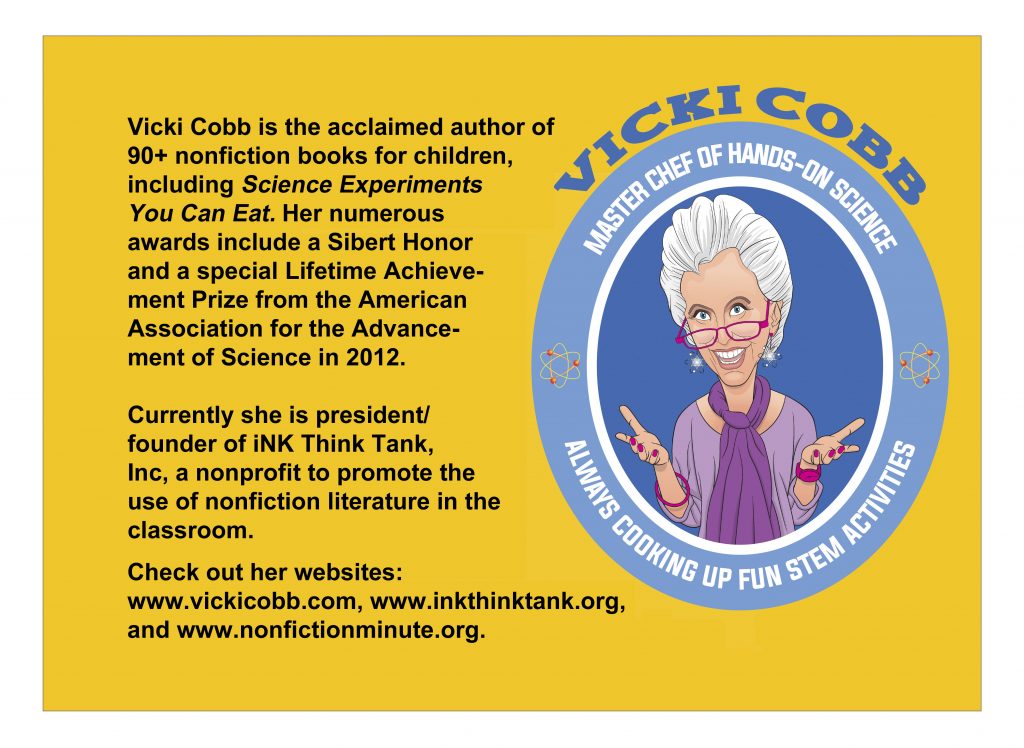


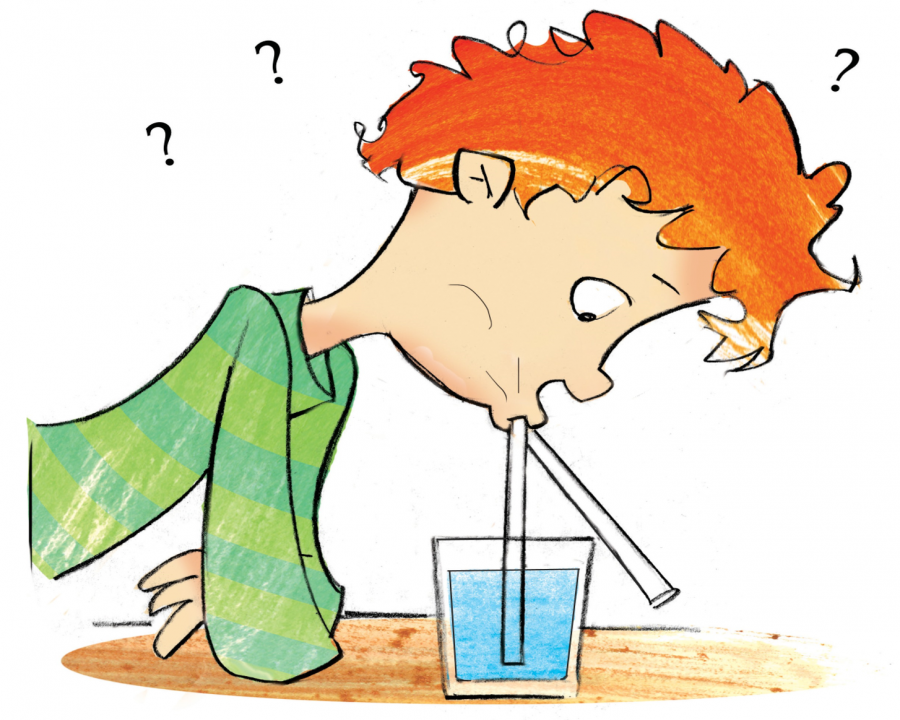
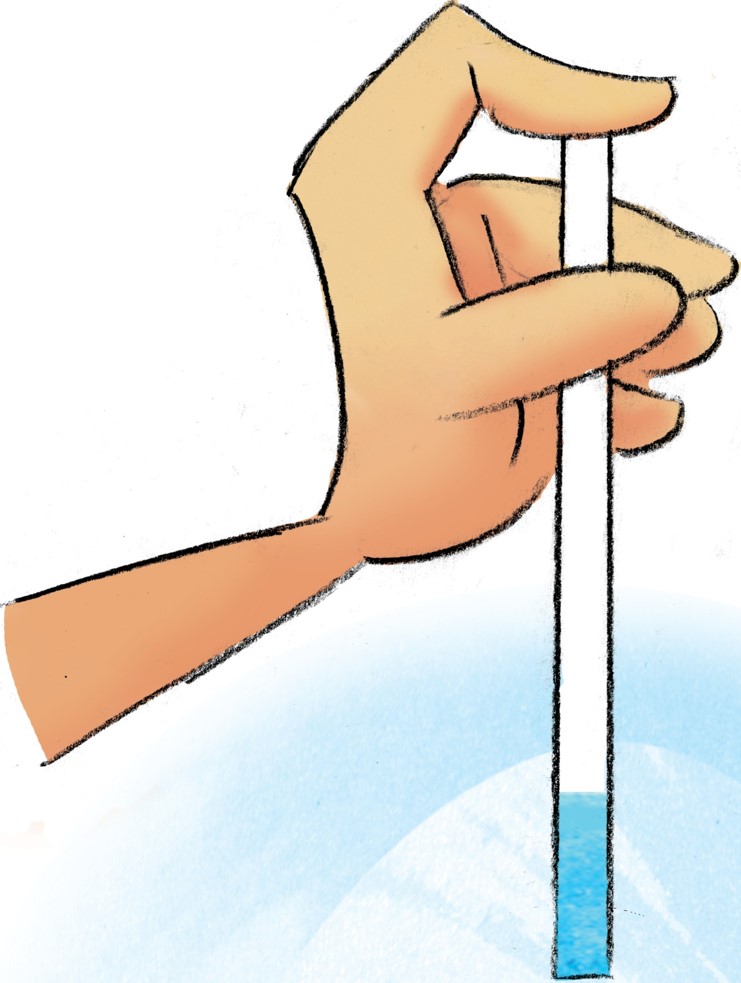
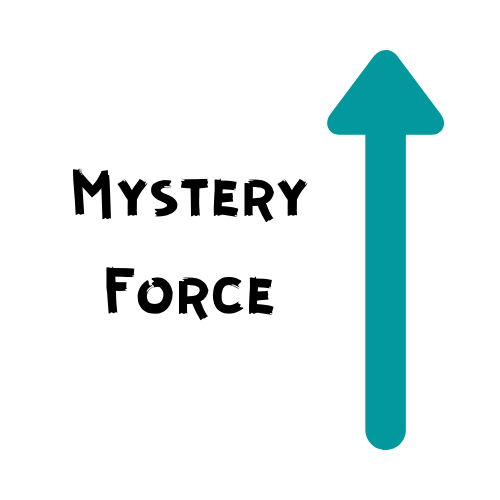
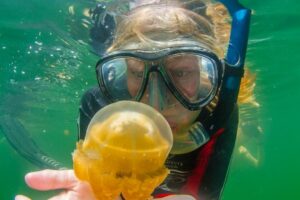
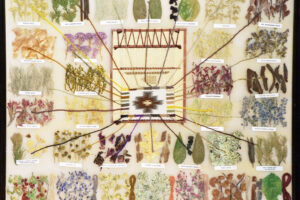
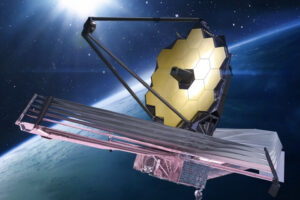


1 Comment
Leave your reply.